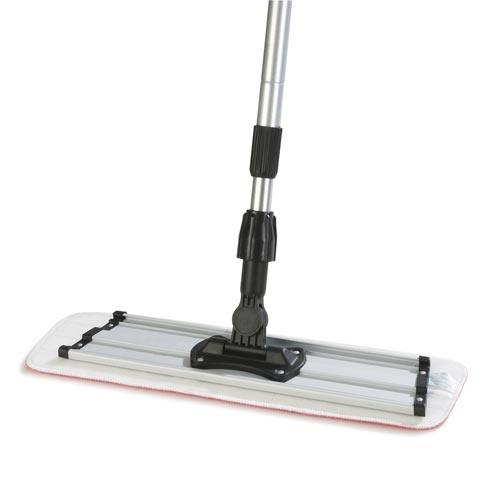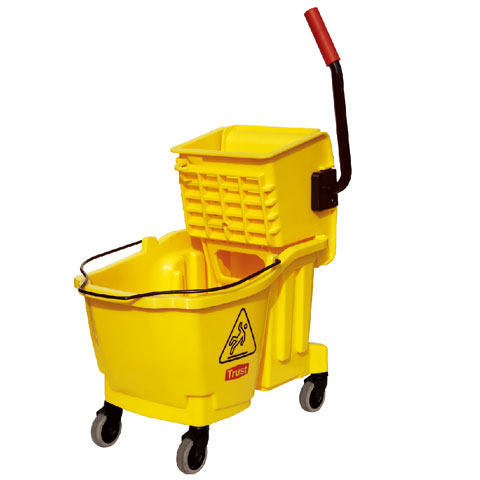A restroom can make or break a customer’s dining experience. The food might be exceptional, but a visit to a restroom lacking basic cleanliness, hygiene, or essential amenities can instantly sour the entire experience. Let’s explore the key products and ways to turn your restroom from a necessity into a positive part of the customer experience.
Hand Hygiene Essentials
Soap Dispensers:
This is non-negotiable. Soap is the first line of defence against germs. While some establishments reuse single-use soap bottles from grocery stores to refill liquid soap, this can appear unprofessional, unhygienic, and even cheap to customers.
On the other hand, a dedicated wall mount soap dispenser not only gives a more polished and professional image but also ensures the proper killing of germs. It controls the amount of soap dispensed per use, providing just the right amount for proper handwashing. For high-traffic washrooms, touchless dispensers can significantly lower the risk of transferring pathogens from one user to another.
Soaps:
Antibacterial hand soap is formulated to kill or inhibit bacteria using ingredients like triclosan or triclocarban. This provides additional protection in environments where bacterial control is essential, such as food prep areas.
But for a public toilet setting, regular hand soap would suffice. Though it does not specifically target bacteria, it removes dirt, oils, and contaminants through rubbing and rinsing. It is typically gentler on the skin too.
Paper Towels Dispensers:
Air dryers might seem convenient, but paper towels are far more hygienic. They dry hands thoroughly and reduce the risk of bacteria spreading.
For better hygiene, choose a towel dispenser that minimizes touch. Some are designed to allow users to dispense towels with their elbow instead of their hand, which may come into contact with food after using the restroom.
A centre-pull dispenser has a large capacity, reducing the need for frequent refills. If you prefer towels thicker than single ply, get a dispenser with adjustable tension to accommodate different paper thicknesses. Without this feature, the paper may not tear properly, and users may pull more than what they need.
If you prefer a slimmer design, use a folded towel dispenser. Look out for the feature that dispenses a single towel at a time with the next towel partially out, to prevent users from pulling out multiple towels.
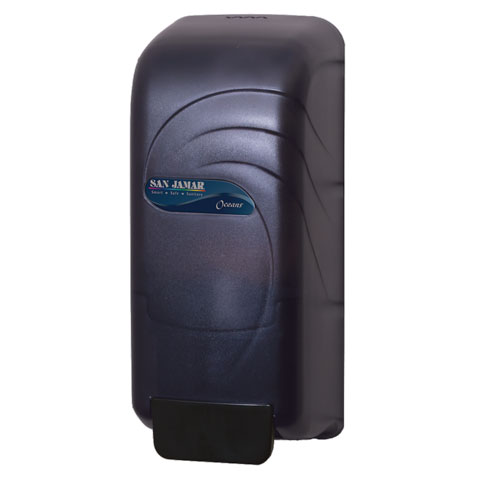
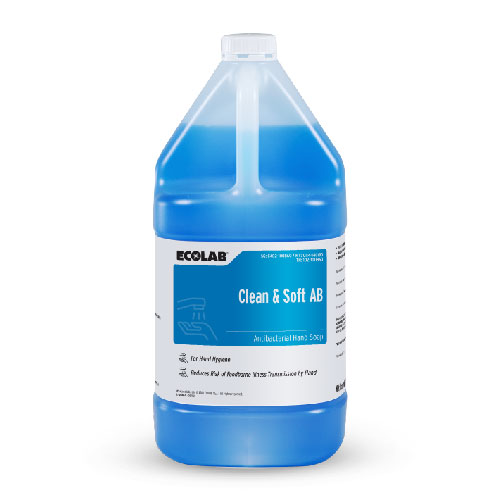
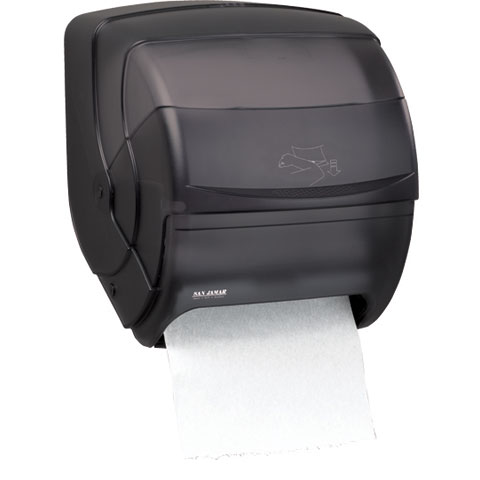
Floor Cleaning Equipment
Mops, Squeegees, Brushes:
For small toilets with flat surfaces like ceramic tiles, a flat mop is ideal for cleaning in tight spaces, while a floor squeegee is great for pushing water and cleaning solutions to the drain, eliminating the need to wait for the floor to dry.
For uneven floor surfaces or larger toilets, a string mop is more suitable. Its long strands can reach into crevices of uneven texture, and it absorbs large amounts of liquid, making it ideal for covering wide areas.
If the toilet floor tends to have stubborn stains and grime, complement the mop with a floor brush to scrub them away. This tool is essential for deep cleaning and maintaining a spotless floor.
Use a toilet brush to scrub the interior surfaces of the toilet bowl to remove dirt, stains, and bacteria. Choose one with a weighted base holder so it does not get knocked over easily.
Mop Buckets:
A mop bucket with a lever press wringer is perfect for larger toilets, as it makes squeezing out excess water from the mop effortless by pressing a lever. However, it is bulky, so for smaller areas, a more compact bucket is a better choice.
Cleaning Solutions
When choosing a floor detergent, look for one that increases the coefficient of friction (COF) to reduce slips and falls, especially on smooth floor surfaces.
Keep your toilet mirrors streak-free and spotless by using a glass cleaning solution and a microfiber cloth, which does not leave lint behind for a pristine finish.
Sanitiser should be applied regularly to high-contact points such as door handles, bag hooks, and toilet roll covers to prevent the spread of germs. An electrostatic handheld sprayer can ensure thorough coverage. It atomizes the sanitising solution into fine droplets, which are then electrically charged. The positively charged droplets are attracted to surfaces, including those that are not directly in the line of sight.
Other Essentials
Always use wet floor signs when cleaning to avoid potential legal issues and ensure a safe environment. This practice is crucial for preventing accidents like slips and falls, which helps protect both your customers and your business.
Another essential item in a public toilet is a trash bin. Choose one with a lid to contain odours and conceal mess.
A bin with a soft-closing lid is great for a quieter and more pleasant environment, and a hands-free option, such as a foot pedal or sensor-operated lid, can minimize contact and reduce germ spread. Additionally, using drawstring bin liners instead of regular plastic bags makes waste disposal easier and more hygienic.
